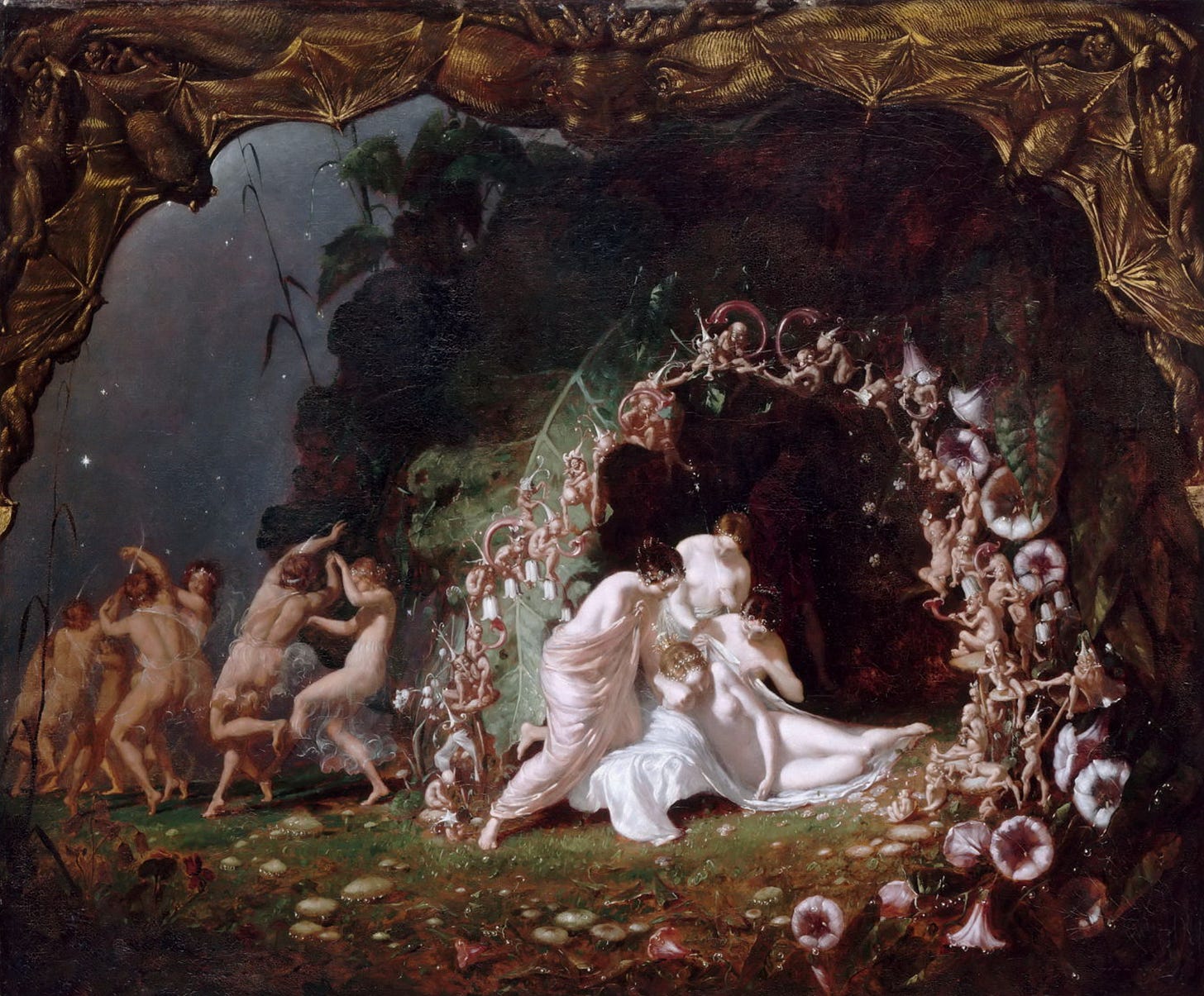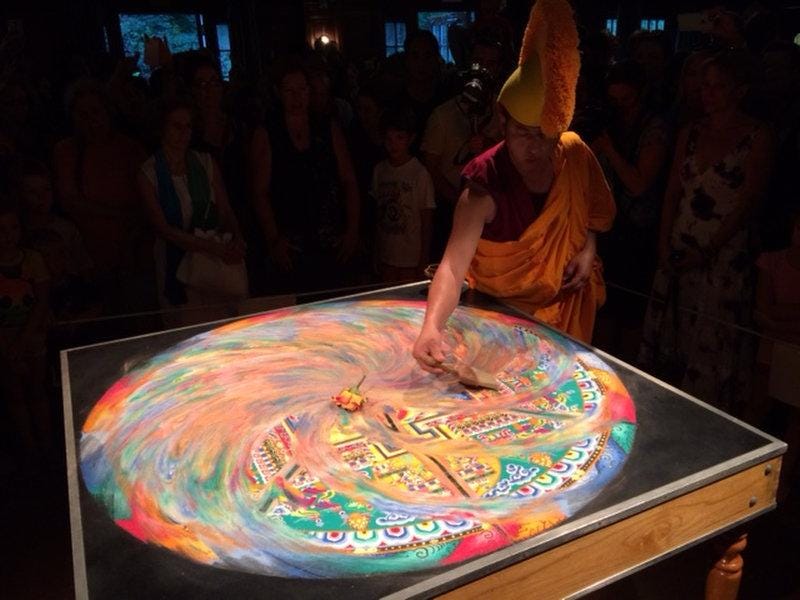In the early 1930’s, German-Jewish journalist Charlotte Beradt began collecting dreams. By 1935 she had collected over 300 dreams from people of all walks of life, eventually publishing seventy-five of them. Writing about her in the New Yorker1, Mireille Juchau says:
Beradt understood dreams as continuous with the culture in which they occur—but she also presents dreams as the one realm of free expression that endures when private life falls under state control. Under such conditions, the dreamer can clarify what might be too risky to describe in waking life… (Dreams produce) unexpected scenarios that feel all the more truthful for their strangeness.
Have you noticed a difference in your sleep patterns lately? Are you sleeping more, or less? Are you dreaming more intensely? Are you finding the quality of your dreams changing, bringing new scenes and narratives from the unconscious void? Do you think the quality of your sleep and dreams is changing in response to the rapidly changing geopolitical landscape?
This might be a very interesting time to start recording your dreams. Be on the lookout for unexpected scenarios that feel all the more truthful for their strangeness both in your dreams and in waking life this week. We are heavily under the spell of Neptune.
The painting above depicts a scene from A Midsummer Night’s Dream. Titania, Queen of the Faeries, has fallen into a drugged sleep. Things are out of order with the world, love and strife are out of balance, the King and Queen of the Faeries, whose love makes nature fertile, are at odds and quarrelling. Confusion reigns until balance returns, and things become very blurry. A Midsummer Night’s Dream is all about blurred lines. The lines between sleeping and waking, dreams and reality, comedy and tragedy, love and strife, poison and medicine, human and animal may not be as clear as you think.
Are you sure
That we are awake? It seems to me
That yet we sleep, we dream2
The living sky right now tells a story of awakening from a long, confusing dream. Or are we awake? In a healthy sleep cycle, your most intense dreaming happens as you emerge from the deeper, restorative layers of sleep. Just as you are about to break the surface into your waking life, your most intense dreams occur. This describes the intensity of our current astrology. Neptune is in the final days of his 165 year journey through the Zodiac. As Neptune meets with the Sun this week for the final time in Pisces, we are wrapping up an annual cycle, and also a cycle that began in 2011, and one that began in 1861.
In the language of astrology, Neptune is the planet of dreams. Neptune, named for the god of the deep sea, shows us where we lose ourselves. On a cloudy day at the shore, sea and sky blend together, the stable horizon is lost, and the only clear marker is the ever-changing tideline. This Neptunian merging is something we experience in meditation and mystical experiences and prayer, in the twilight between sleeping, dreaming, and waking, in the flow states of artistic creation, in surrender to art, music, prayer, or sexual ecstasy, under anesthesia, and also in the shadow realms of intoxication, psychosis, delusion, or deep depression.
Neptune in transit to a personal planet in our chart often tells the story of our personal contact with these flow states or shadow realms. But Neptune usually tells a bigger story: Neptune is a transpersonal planet. The planets whose zodiacal cycles take longer than a human lifespan are transpersonal. As individuals, we can never fully embody their cycle; their returns are experienced only by the collective. You and I cannot have a Neptune Return: but our nation can, our family line can, our whole human family can.
The return that Neptune is currently making is a return to the symbolic beginning. The 0º Aries Point is the inception point of the entire Zodiac, the point of rebirth. The annual solar return to this point is the Vernal equinox, Persephone’s return, the rebirth of vegetative life, breeding lilacs out of the dead land. Any planet’s return to this point is a kind of Spring. The qualities of the planet in question struggle to be reborn in a new (but ever-repeating) form. Neptune’s return to the Aries point happens only once in 165 years.
This ice giant, the holder of our dreams, delusions, nightmares, and flow, will cross the chasm from Pisces to Aries on March 31st. This week, as he merges with the Sun in cazimi at the omega point of 29º Pisces, we burn away the fog of a year, fourteen years, and one hundred and sixty-five years. What will you see when you first open your eyes from this long Piscean sleep? What does the dream of Aries look like? As we end the cycle that began in 1861, what dreams (or nightmares) will we repeat? What dreams (or nightmares) will we dream anew?
How Dreams Change Under Authoritarianism by Mireille Juchau The New Yorker, November 7, 2019
William Shakespeare, A Midsummer Night’s Dream, Act IV, Scene 1, lines 190-191







